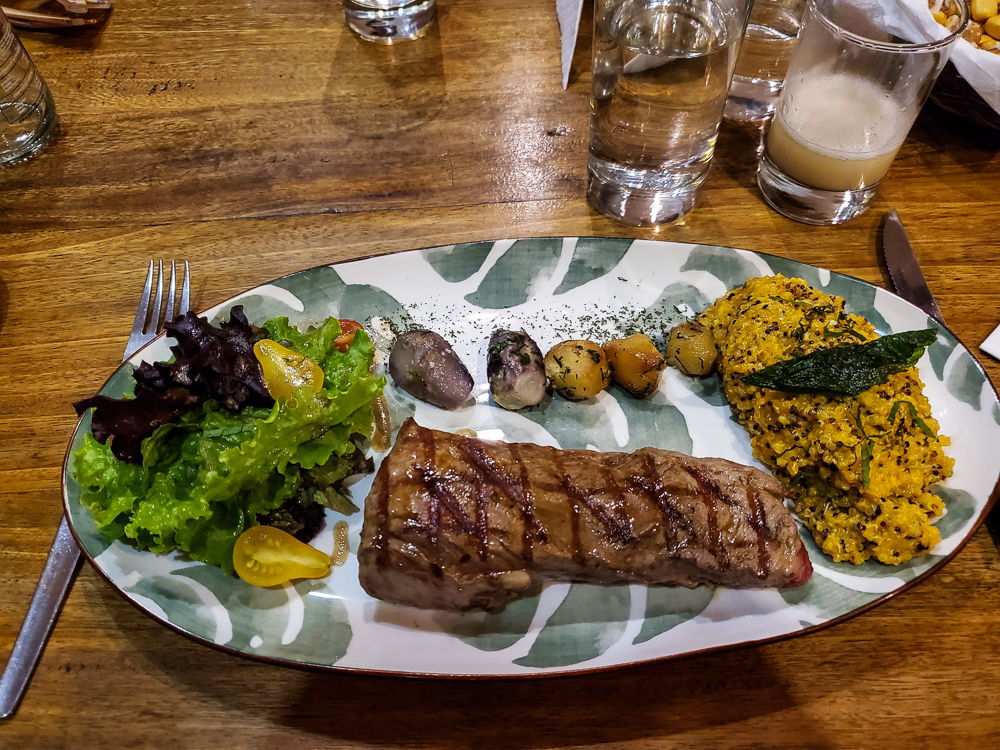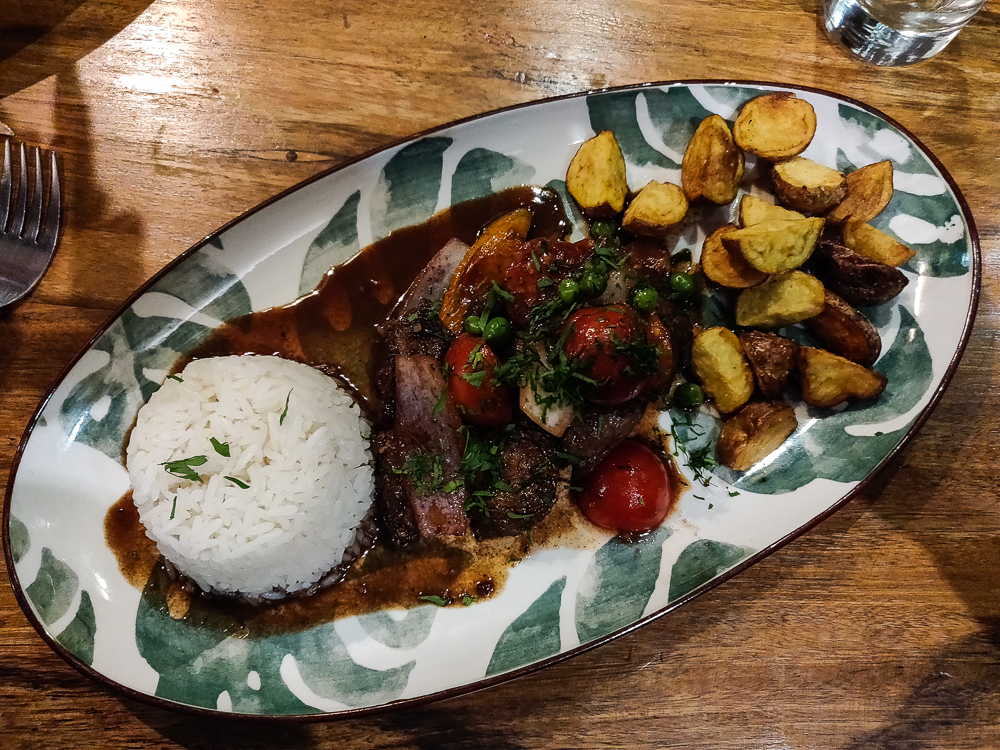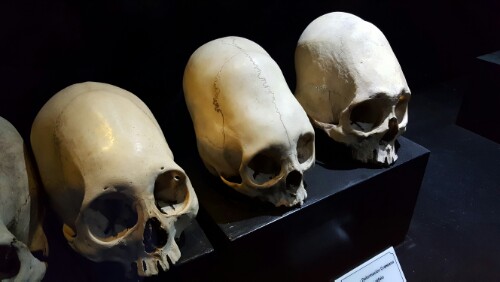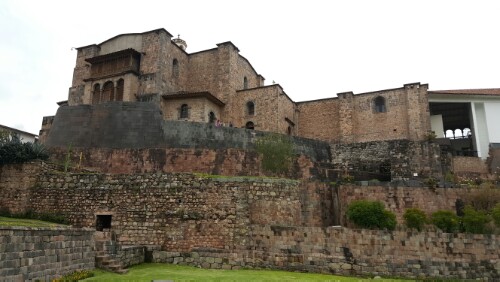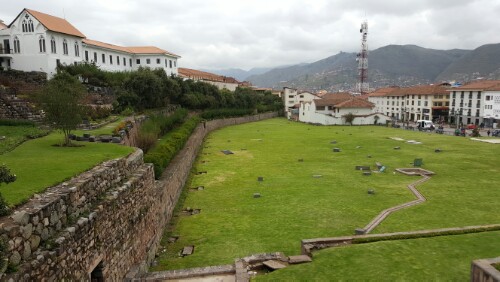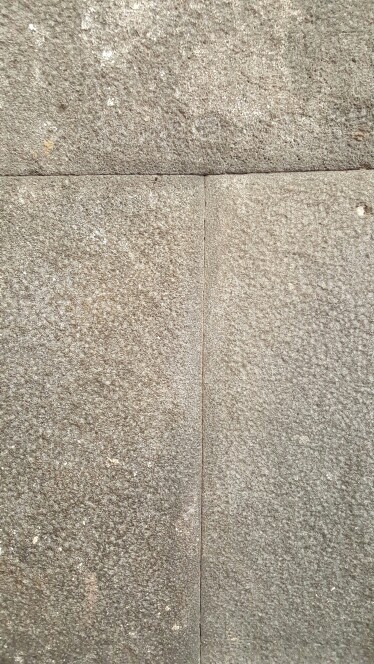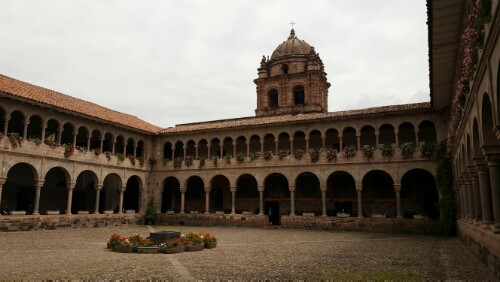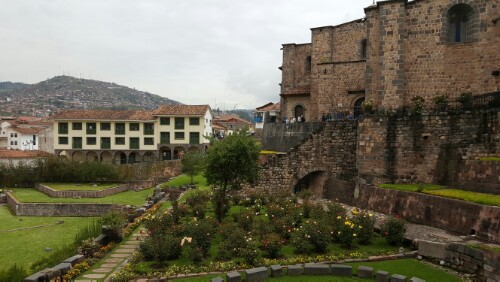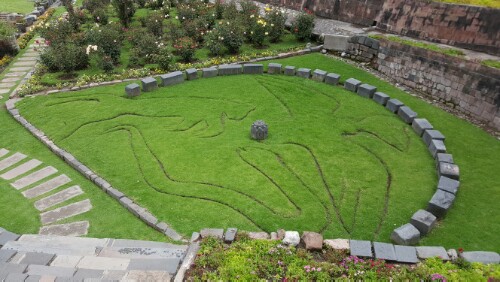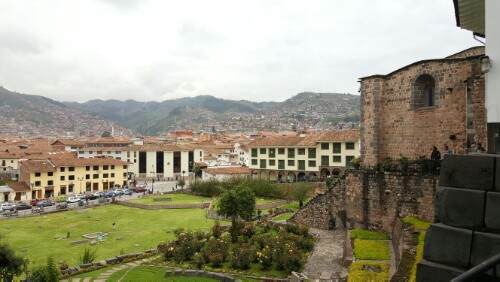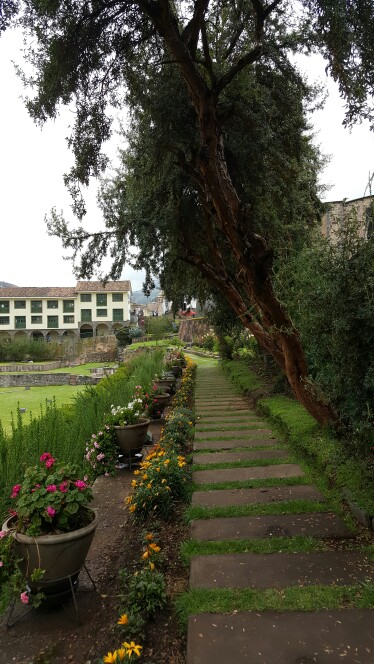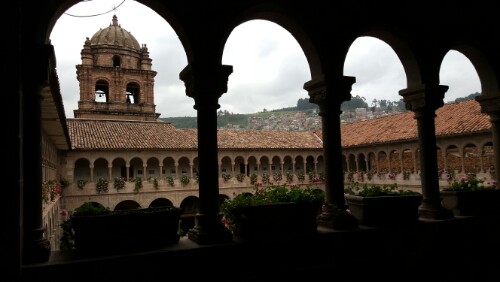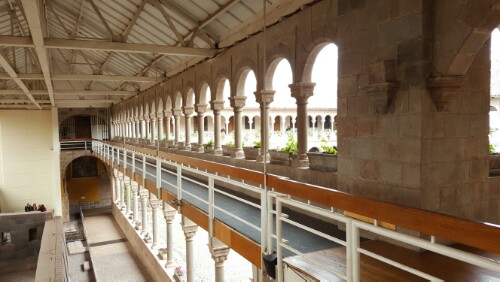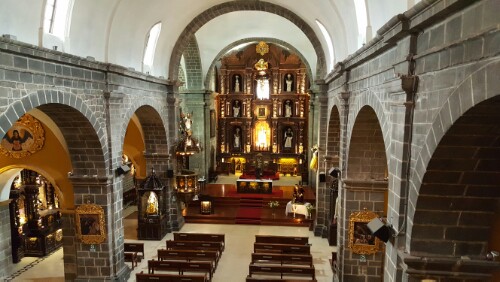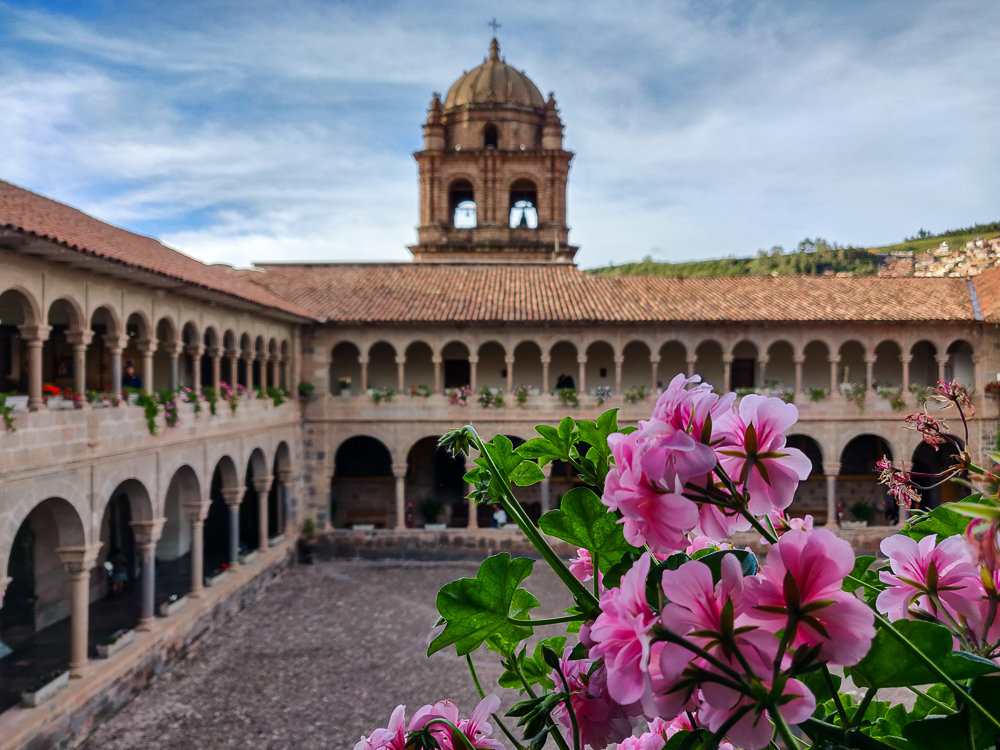
Travel day! Our final morning in the rainforest was another leisurely one. After eating 7AM breakfast, we walked to a boat, boated to a bus, and bused back to the tour company’s office in Puerto Maldonado to pick up the bags we’d left there. We arrived at the airport about three hours before our flight. Checking in, checking our bags, and going through security took up about 5 minutes of that time. Exploring the entire terminal took maybe 1 minute. Great! Only 2 hours and 54 minutes left.
The Puerto Maldonado to Cusco flight is one of the best I’ve ever been on. You take off over the rainforest and get one last look at the rivers winding their way across the earth. Then, for the landing, you fly through breathtaking mountains, descending into the valley that is home to Cusco. It’s quite the welcome!
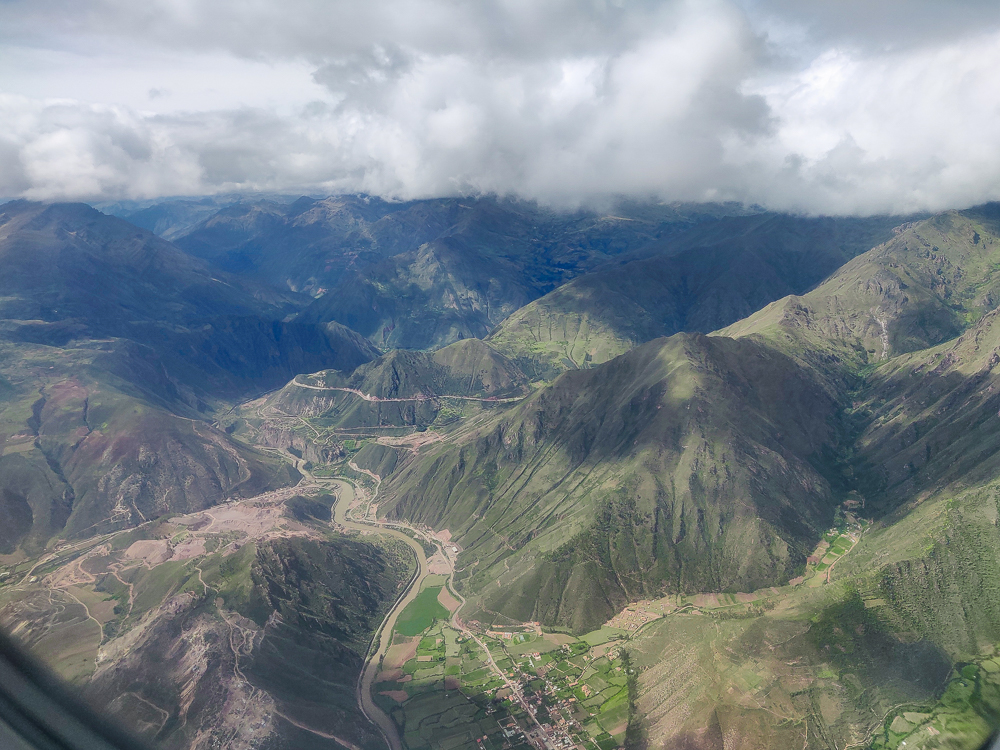
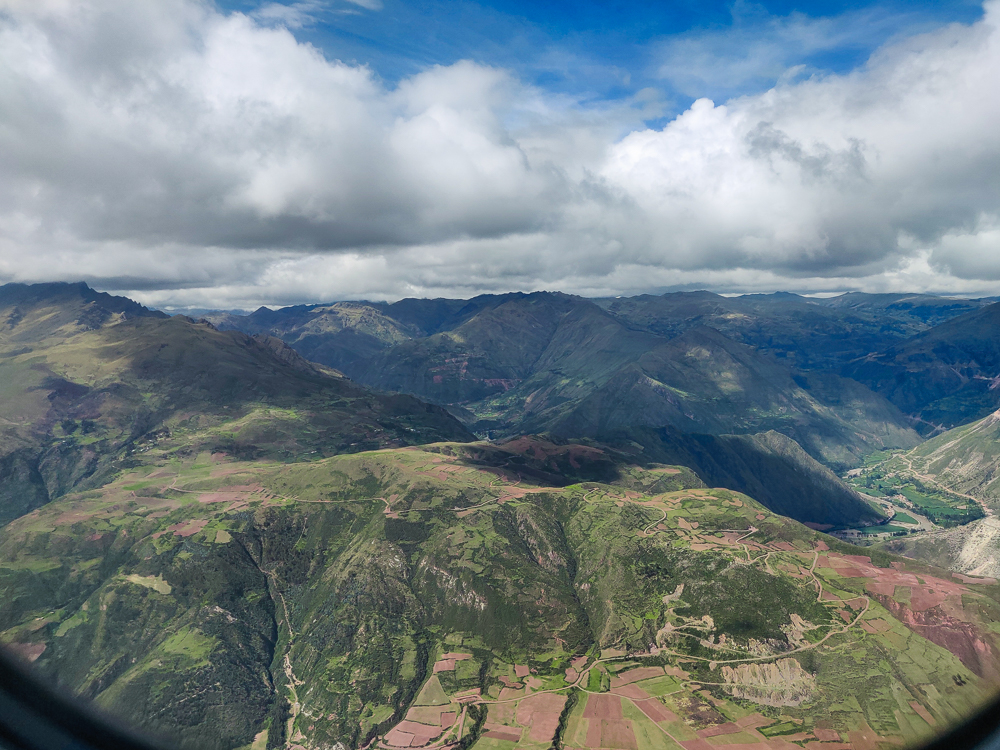
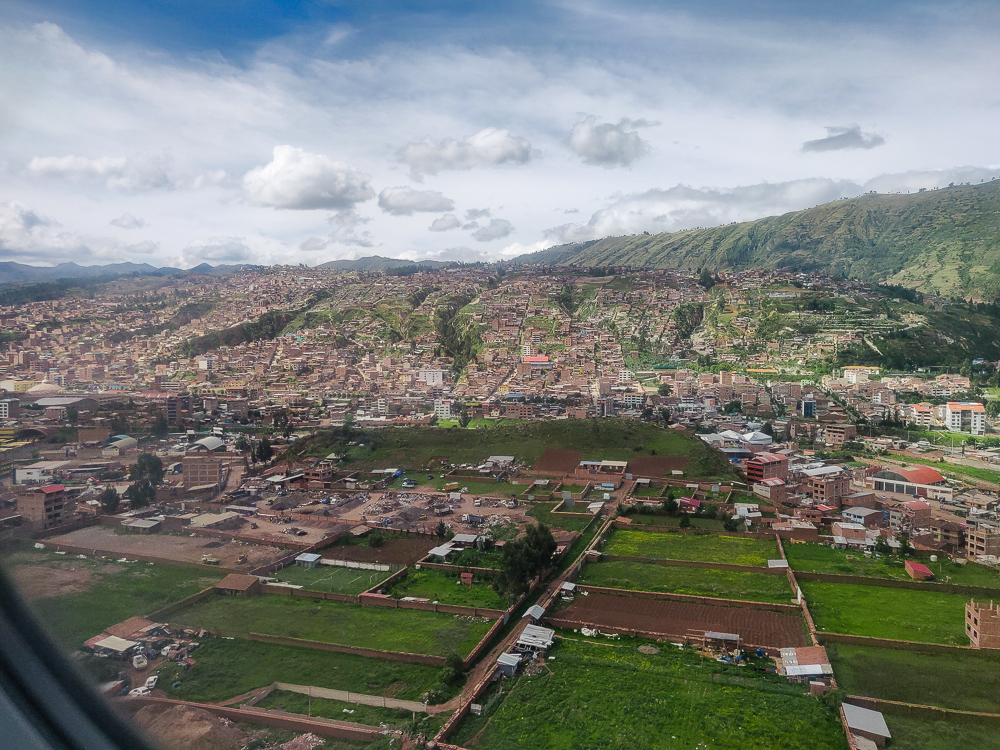
Besides the dramatic change in landscape, we also experienced quite the change in climate! After three days of hot, humid rainforest air, eternally damp clothes, and sweaty, sticky skin, the crisp, cool air of the mountains was invigorating! Cusco also brought a fun change to our group dynamic. Jocelyn, my friend from Esperanza de Ana, and her brother Benjamin joined us for the Cusco/Machu Picchu portion of our trip! The more the merrier! Well, sometimes that’s not true, but I wasn’t worried about this group. Everyone was easygoing and happy to leave the planning to me. Since I had already been in Cusco (when I was in Peru in 2017), it wasn’t too hard to put together an itinerary of what I felt were the “must-dos”.
We made it to our hotel, said hi to Jocelyn and Benjamin, and took a little time to get settled before heading back out into the world to make the most of our day. This was also the first day of Tour Guide Lara, a title I qualified for by 1. Having a guidebook, 2. Knowing incrementally more about the things we were seeing than the rest of the group, and 3. Having previously visited most of the sites (throwback: you can check out my original post about Qorikancha. We’ve certainly made some photo-quality improvements since then).
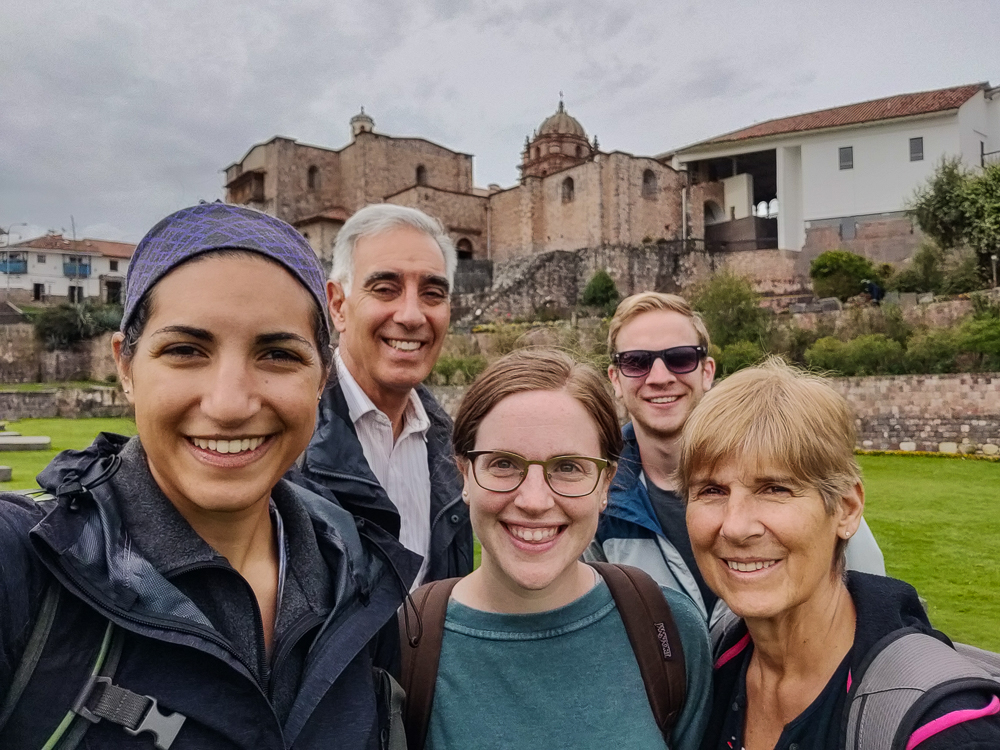
Our destination was Qorikancha, an Inca temple that was converted into a church and convent after the Spanish conquest. I love Qorikancha. It’s an incredible example of Inca construction, and since it was the most important temple in the empire, dedicated to their supreme deity, the sun god “Inti”, the craftsmanship is exceptional. Unlike many other Inca sites, there’s actually a decent amount known about its design and function in the Incan society.
On that note, there’s another important point to make, and it’s the fourth reason why the group was fine with having me as its tour guide: even real tour guides have a questionable quality of information, not because they’re bad guides but because there is so much that is unknown. This isn’t as true for Qorikancha because the Incas were still there when the Spanish arrived, and there are numerous written accounts of what it was like, but for places like Machu Picchu (which we’ll get into later) where everyone was gone by the time it was found, it feels like every “fact” carries a strong “maybe” disclaimer. If you want to know every theory about each stone, hole, etc. then it’s totally worth getting a real guide. If you are happy to know some vague details and have the time to walk around and appreciate the beauty of the site and its construction, you might be better suited to a Lara-guided tour.
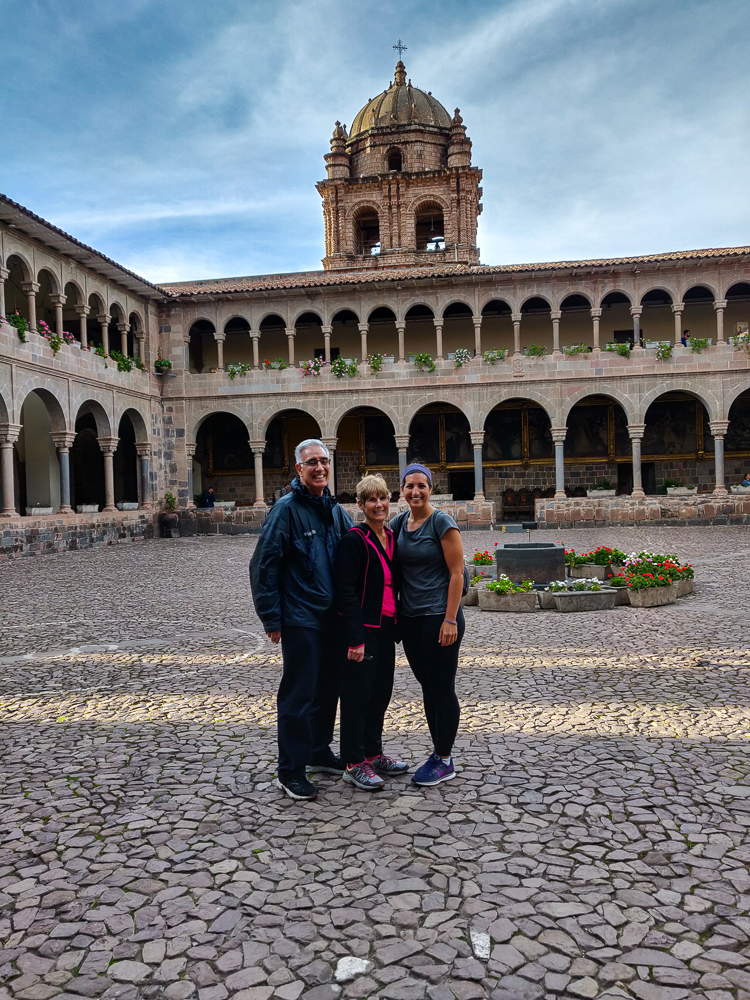
The general format is this: I read all sorts of information that I’ve gathered from here, there, and everywhere. Everyone gets to participate while we assign the information to what we’re seeing (“Maybe that is the stone they’re talking about?” “I think this is the rainbow temple?” etc.). It might be wrong, or it might be right, but does it really matter? In the end, you probably remember everything better because it’s an active discussion instead of a passive lecture. Sure, some of what you remember might not be right, but what is “right” when it’s 90% a mystery anyway? (This seems like another good time for a disclaimer that I try to make these posts factual but don’t guarantee anything.)
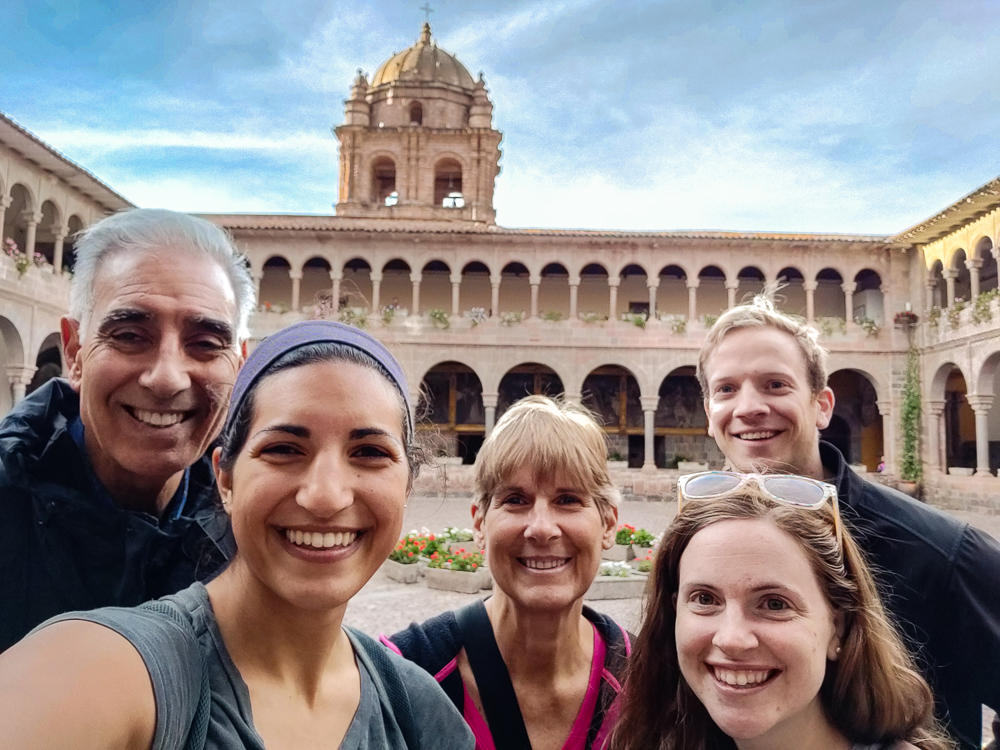
Qorikancha is a fantastic example of the cultural tragedy that was the European conquest of the “new world”. As I said, it was the most important temple in the Incan Empire, and as such, the best of the best was put into its construction. The stone used in the temples is incredibly difficult to work with, and any stone that was less than perfect would not have been included. The sheer effort that went into its construction is a testament to both its importance in the Incan culture and the labor resources of the empire.

Even though you can still see the phenomenal stonework, today’s Qorikancha is but a shadow of its former self. Originally, there were hundreds of solid gold sheets mounted on the exterior stone and inside the sun temple. The temple literally would have shone. Inside, temples dedicated to the moon and stars were decorated with sheets of silver. Other interior walls featured other precious metals and stones. Golden corn, golden llamas, and golden babies were used in various rituals, and life-sized golden people and other figures filled the lawn. I can’t even begin to imagine how it must have looked, but it must have been an incredible sight! Then, the Spanish came. They melted down the gold, took the jewels, and destroyed what was left behind. Like I said, cultural tragedy.

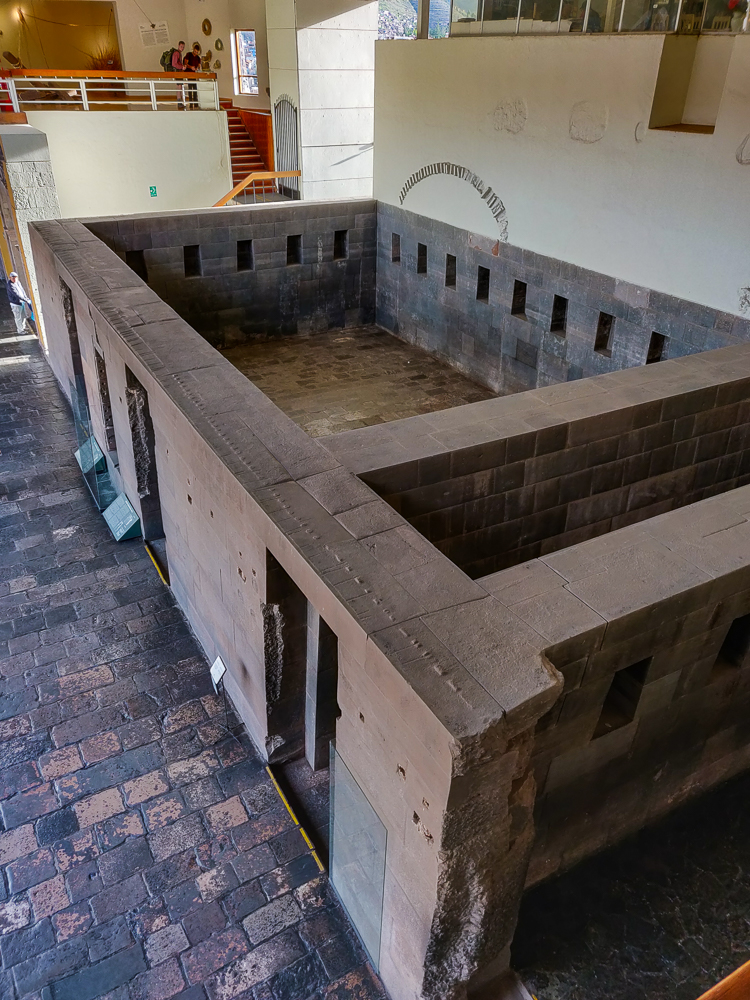
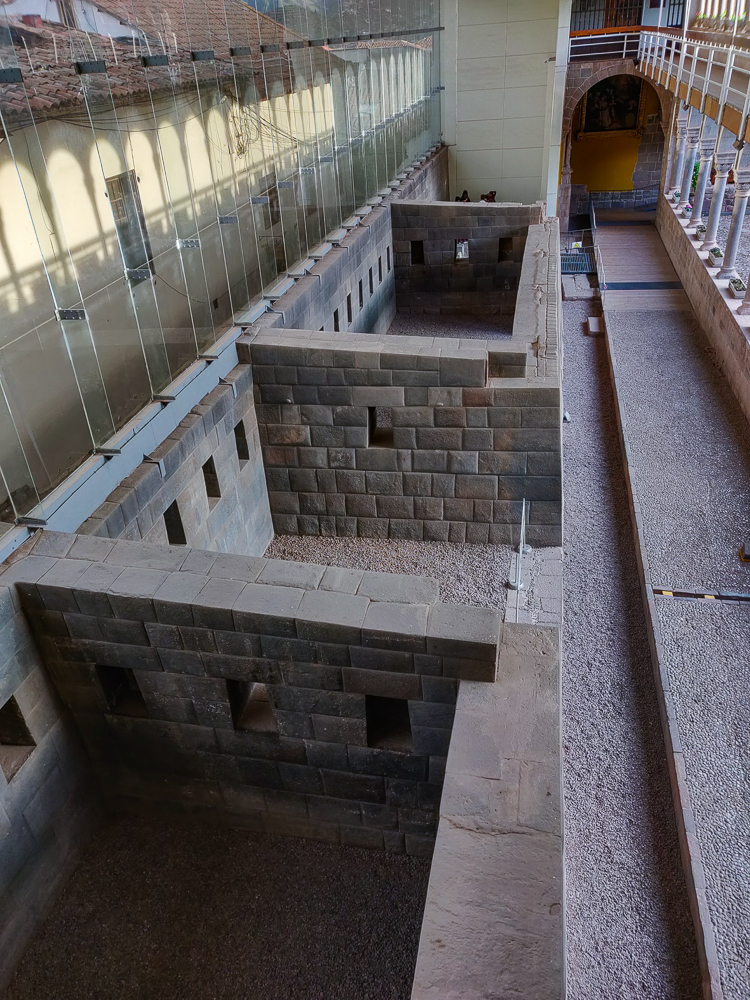

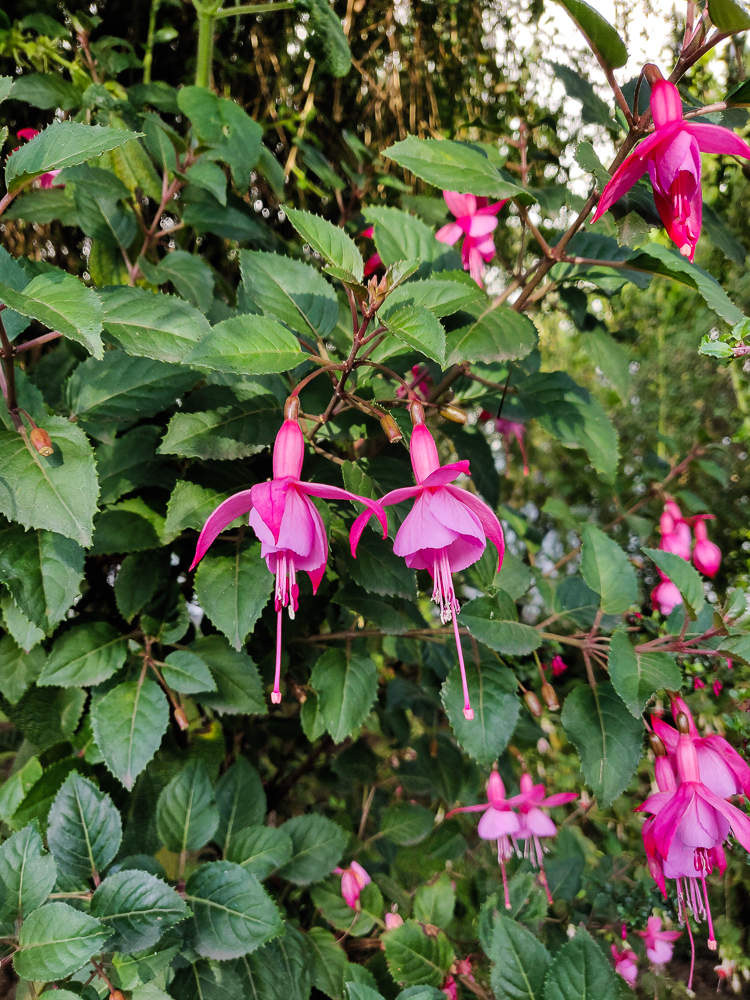
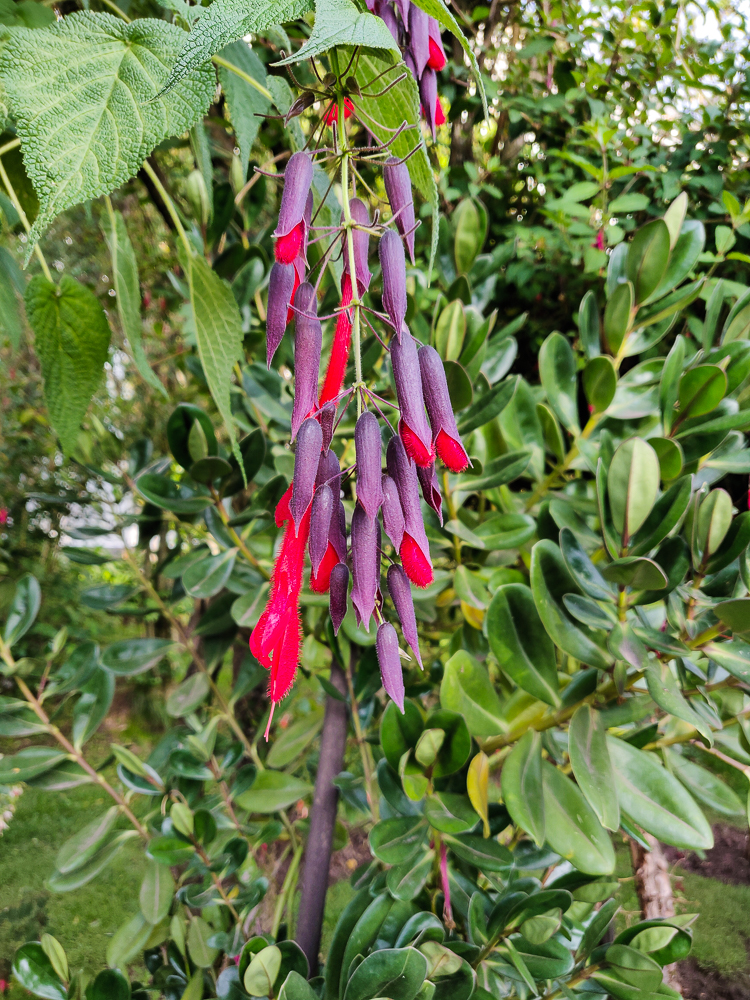
I read something that explained the difference in how the Spanish and the Incas viewed these riches. The Incas valued them highly for their beauty and thought they should be displayed for people to enjoy. They didn’t place a monetary value on these precious metals and stones, but since they were seen as valuable, they were used mostly in religious contexts. The Spanish, on the other hand, valued them monetarily which meant that they took the beautiful things and hid them away so that no one could steal them. That seems like a shame, doesn’t it? I wish we operated more on the Inca mindset than the Western one for this.
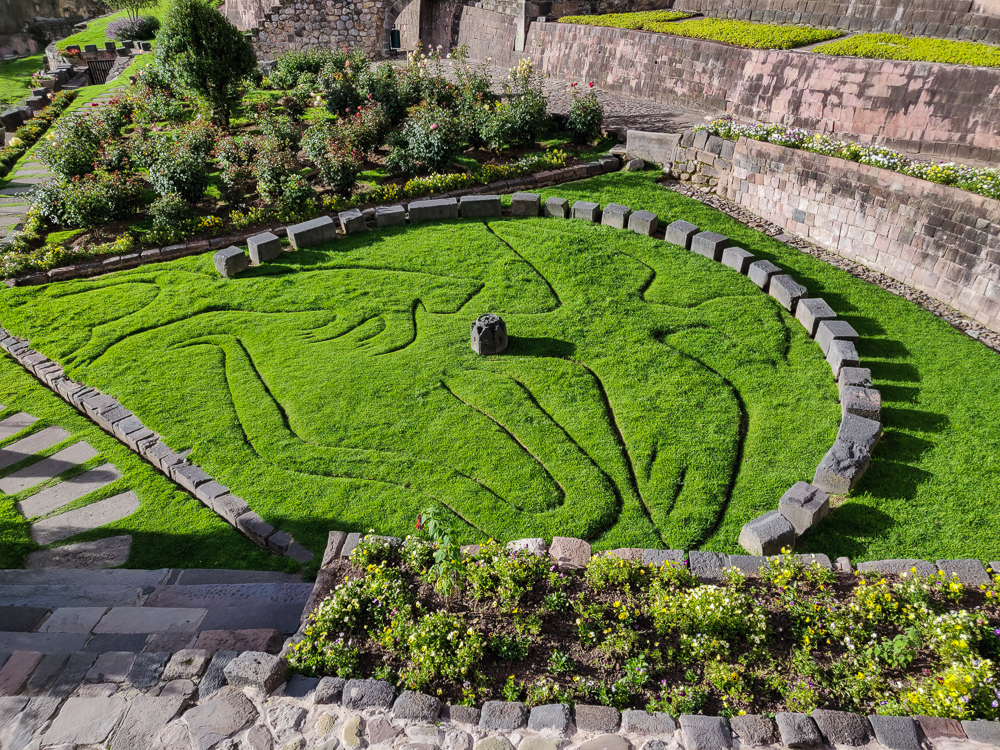
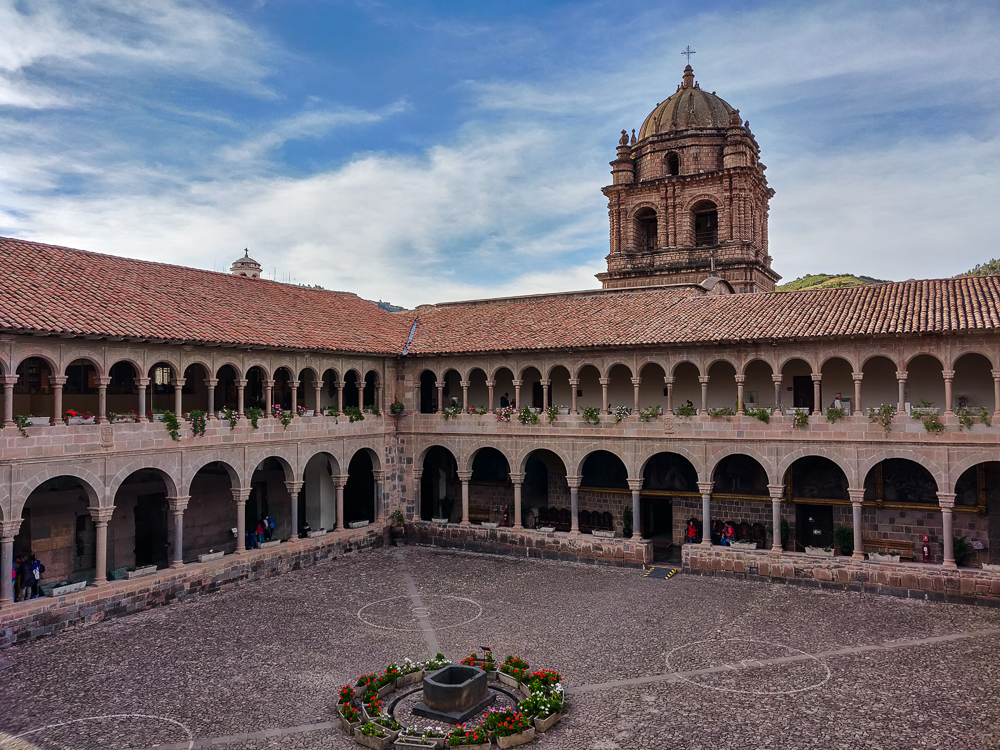
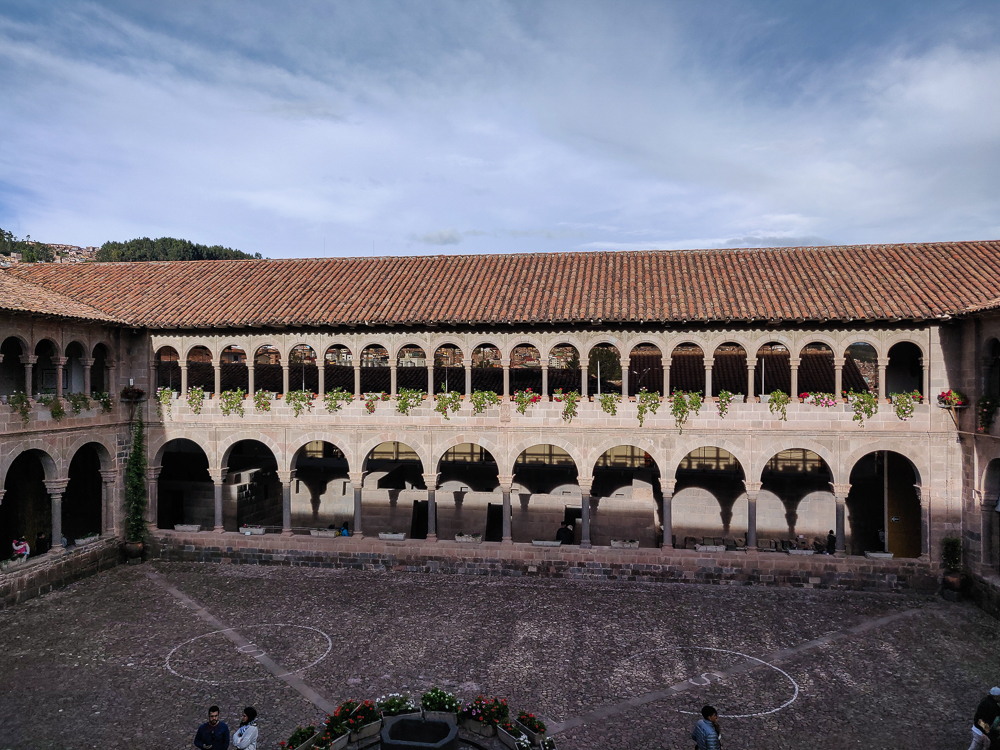
Other random fun Qorikancha facts:
- Mummies of the old incas (kings) were housed here and brought out each day to be “fed” via burnt food sacrifices.
- The golden fountain in the middle of the courtyard used to be covered in 55kg of gold (which sounds like a lot, but I have no concept of how much gold weighs. Okay, I just looked it up, and 1kg gold brick is about the size of an iPhone 6. Geez).

- Qorikancha means “golden courtyard” or “golden enclosure” in Quechua. It can also be spelled literally however you want, as long as you kind of end up with the same pronunciation. This is a typical problem with Quechua names as there’s no standard spelling, so you might also see it spelled Coricancha, Koricancha, or Qoricancha. Even “Inca” can be spelled “Inka”. (This irregularity bothers me, so I choose default spellings based on whichever one I like best.)
- Qorikancha has survived multiple large earthquakes, as have many other Inca sites, thanks to their no-mortar construction technique. The lack of mortar allows the stones to move individually during earthquakes, and they’re so well-fitted that they settle back into place when it’s over.

There’s also some stuff onsite to see that’s associated with the church, but I don’t have much to say about that. Lots of religious art that sometimes intriguingly combines aspects from pre-Spanish cultures with Christian images. To me, though, the building is the most interesting part.
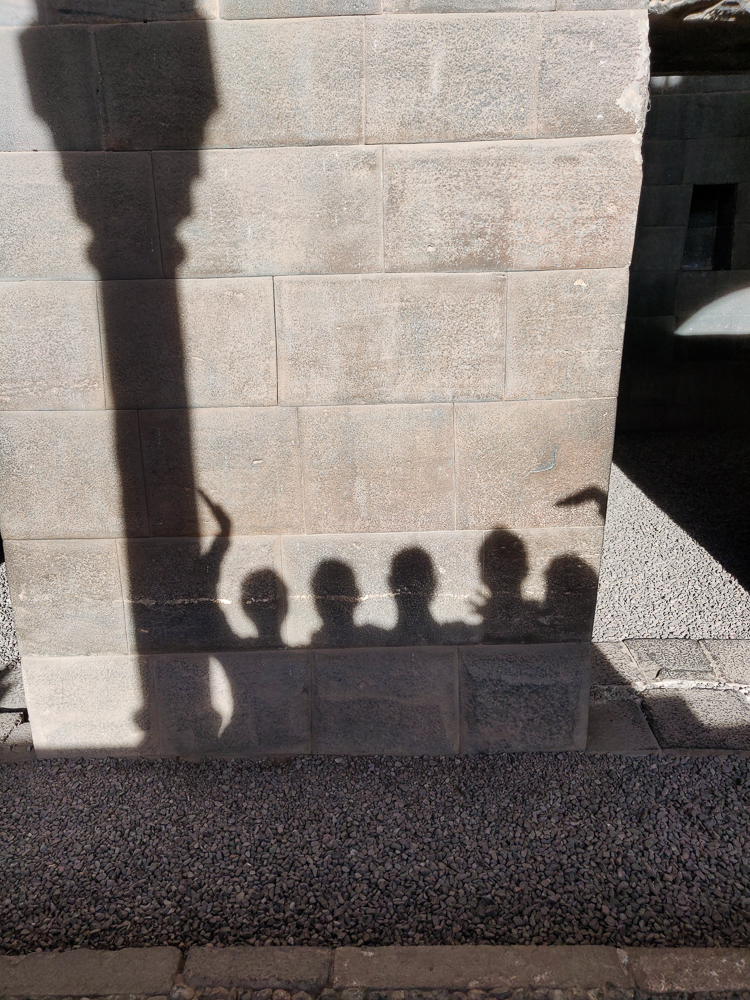
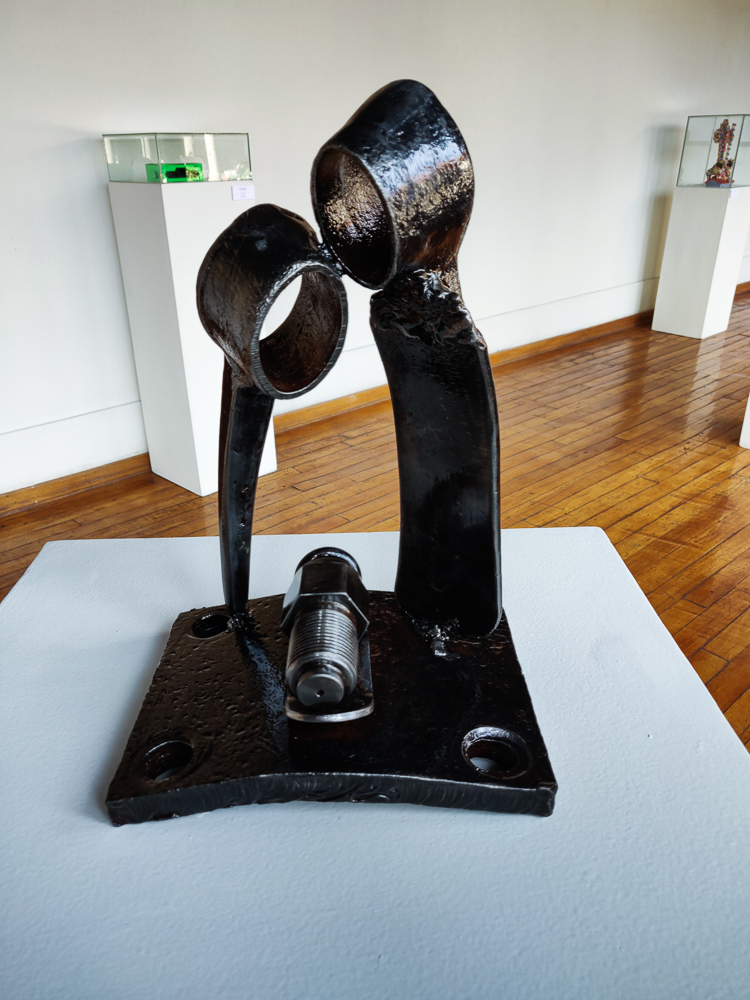
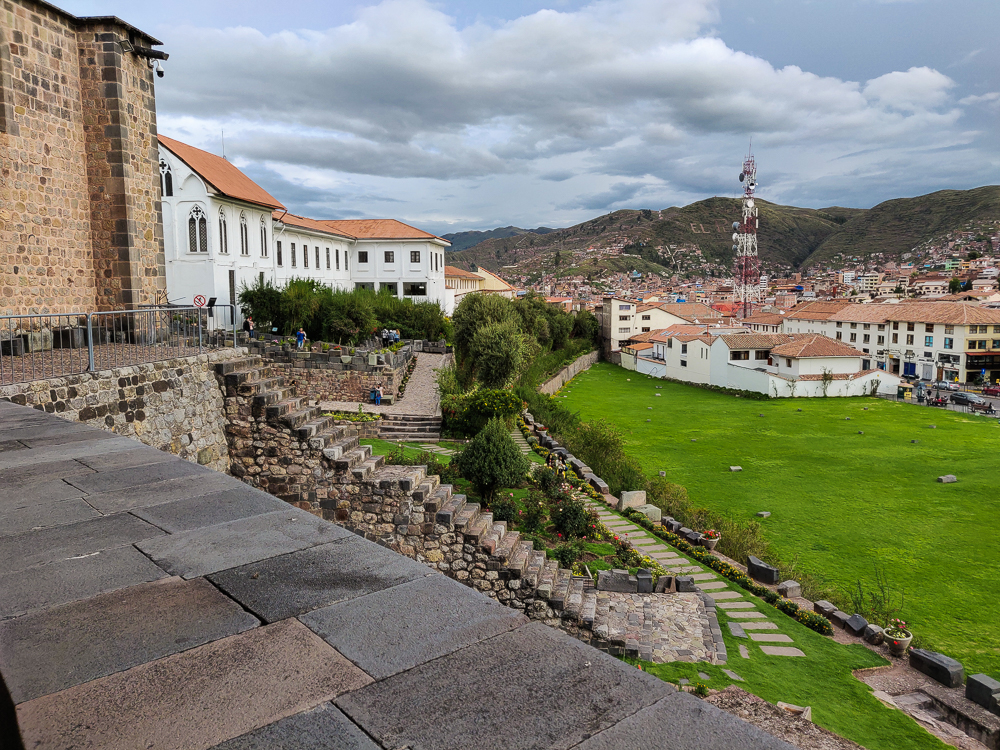
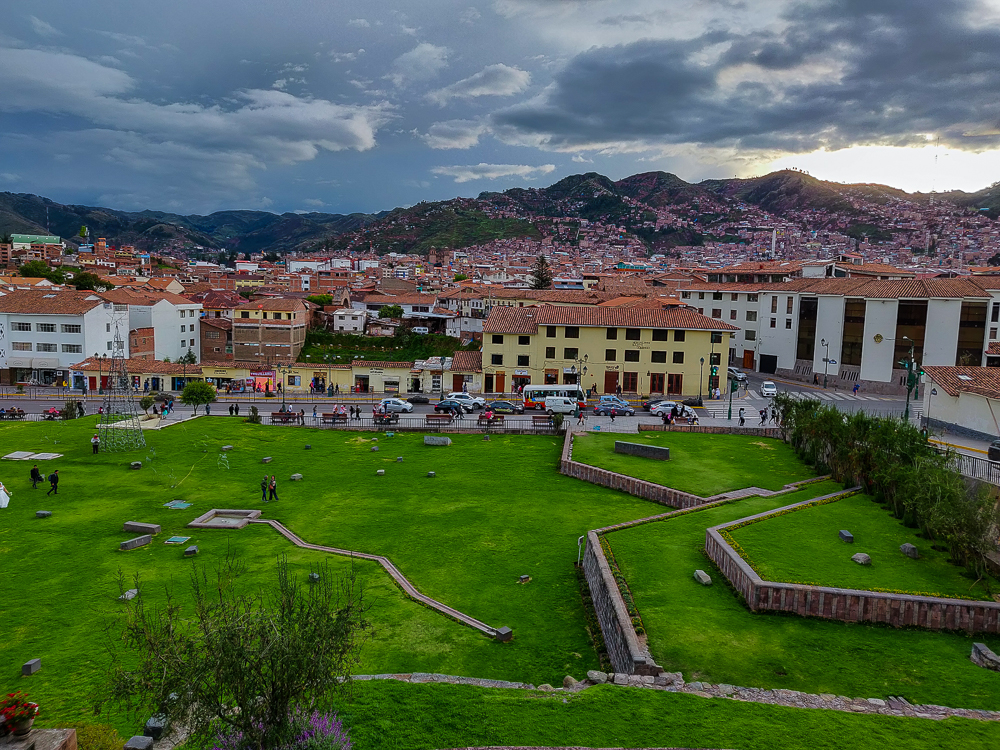

When we’d had enough, we stopped for dinner and then headed back to the hotel. Before going to sleep, Mom, Dad, and I hung up every piece of clothing that we had with us in the rainforest. Literally everything was damp because of the rainforest humidity. The rainforest was great, but I wasn’t upset about leaving its air behind!
